Mealworms in potato bed
chickencoupe
12 years ago
Related Stories

FOLIAGEGreat Design Plant: Ornamental Sweet Potato Vine
Versatile, fast growing, inexpensive and easy on the eyes, ornamental sweet potato vine has it all
Full Story
COOL-SEASON CROPSCool-Season Vegetables: How to Grow Potatoes
This ever-popular tuber is a stalwart in spring and fall gardens and a staple in kitchens everywhere
Full Story
FARM YOUR YARDHow to Build a Raised Bed for Your Veggies and Plants
Whether you’re farming your parking strip or beautifying your backyard, a planting box you make yourself can come in mighty handy
Full Story
FARM YOUR YARDAdvice on Canyon Farming From L.A.'s Vegetable Whisperer
See how a screened garden house and raised beds help an edible garden in a Los Angeles canyon thrive
Full Story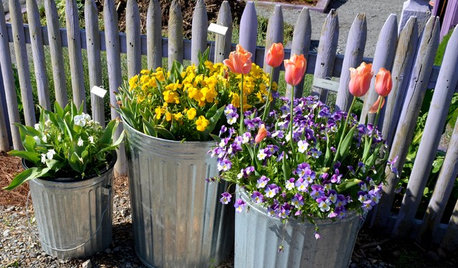
EDIBLE GARDENSSee How a Practical Garden Can Be a Visual Treat, Too
A university edible garden overflows with ideas for growing produce and flowers in containers, beds — or a pickup truck
Full Story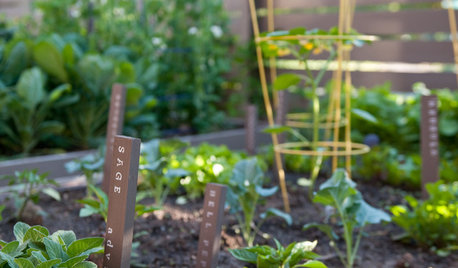
EDIBLE GARDENSKeep Track of Your Vegetable Garden With Plant Markers
Bring order to your edible beds with these labeling ideas
Full Story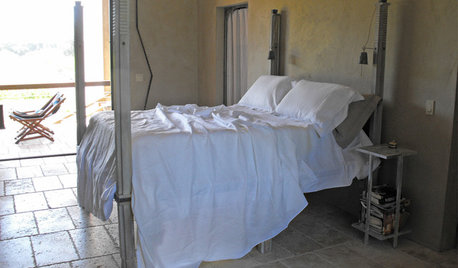
PRODUCT PICKSGuest Picks: Loving Linen All Over the Home
Charmingly rumpled or ironed smooth, these linen finds from napkins to curtains bring casual elegance to rooms
Full Story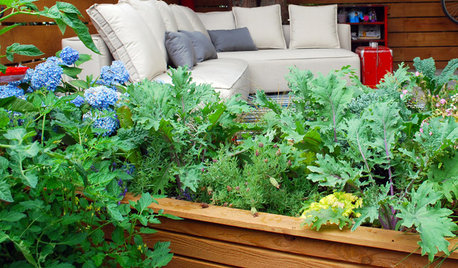
GARDENING GUIDESStep Right Outside for Fresh Herbs and Vegetables
Decks and patios can be convenient spots for edibles, and sometimes they even offer advantages over backyard gardens
Full Story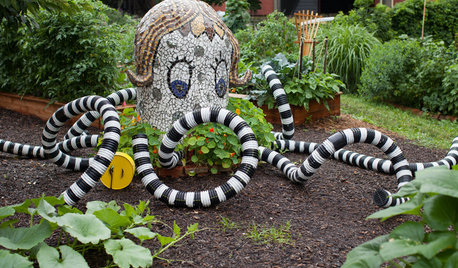
COMMUNITYArt, Edibles and Community Make Magic in a Pittsburgh Garden
With a name like Friendship, is it any wonder this neighborhood created such an enchanting community garden?
Full Story
SPRING GARDENINGSummer Crops: How to Grow Strawberries
Pluck your own sweet strawberries right from the garden vine for smoothies, salads or eating then and there
Full StorySponsored
More Discussions






Okiedawn OK Zone 7
chickencoupeOriginal Author
Related Professionals
Ashland Landscape Architects & Landscape Designers · 70037 Landscape Architects & Landscape Designers · Matthews Landscape Contractors · Brooklyn Park Landscape Contractors · Dedham Landscape Contractors · El Segundo Landscape Contractors · Galveston Landscape Contractors · Lebanon Landscape Contractors · Mastic Beach Landscape Contractors · Siloam Springs Landscape Contractors · Woodbury Landscape Contractors · New Carrollton Landscape Contractors · Ferguson Landscape Contractors · Hobart Decks, Patios & Outdoor Enclosures · St John's Kirk Decks, Patios & Outdoor EnclosuresOkiedawn OK Zone 7
chickencoupeOriginal Author
Okiedawn OK Zone 7
slowpoke_gardener
chickencoupeOriginal Author